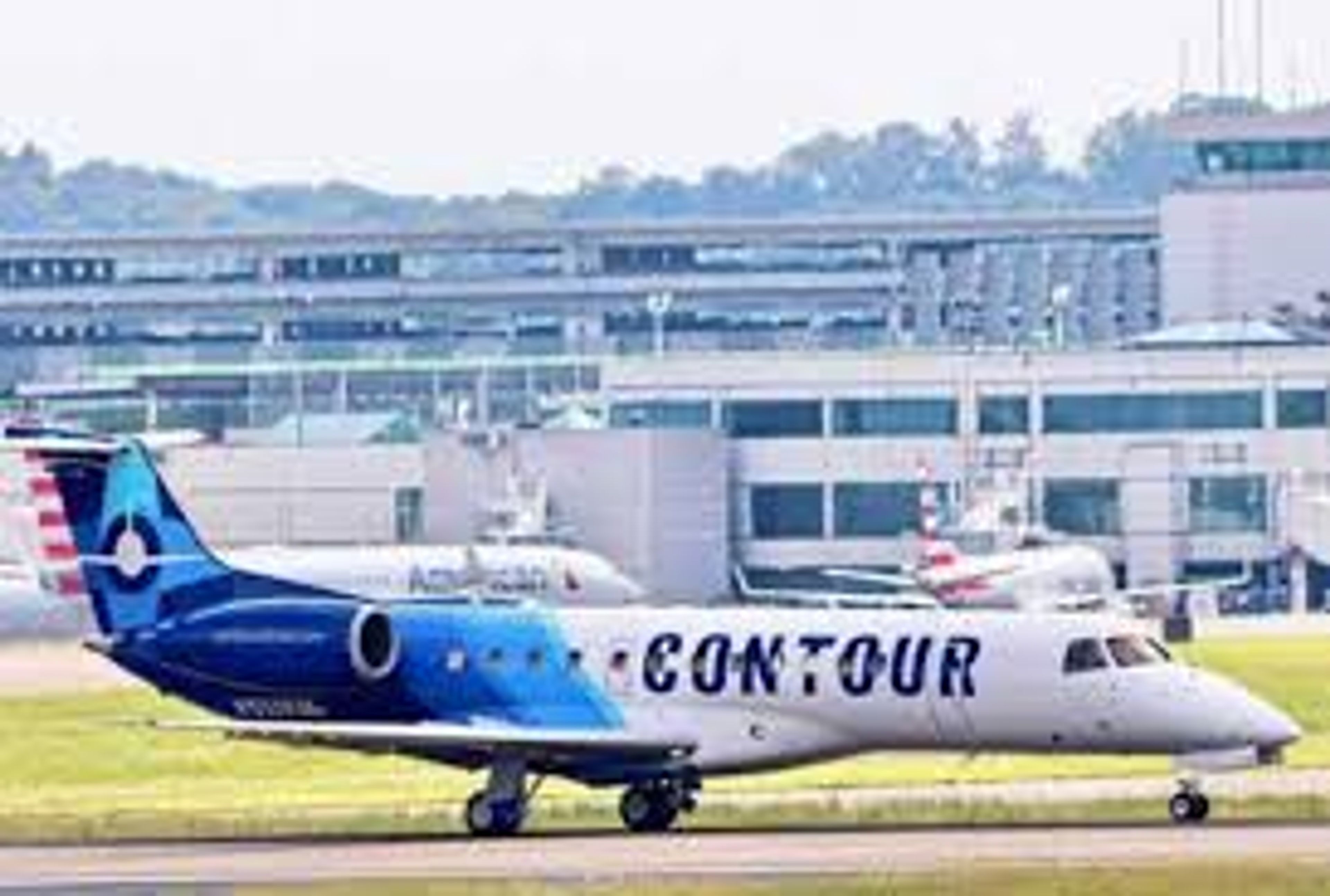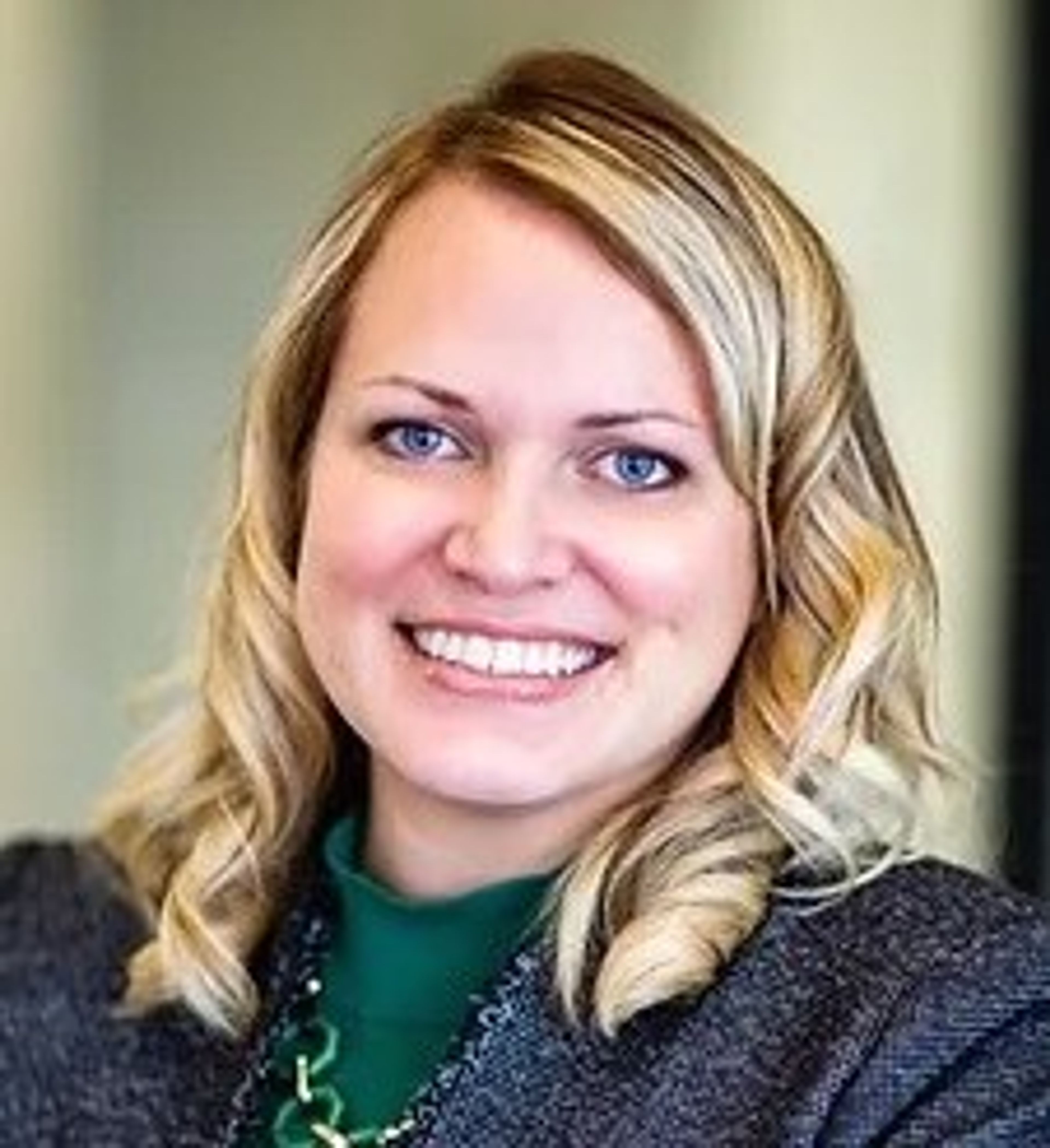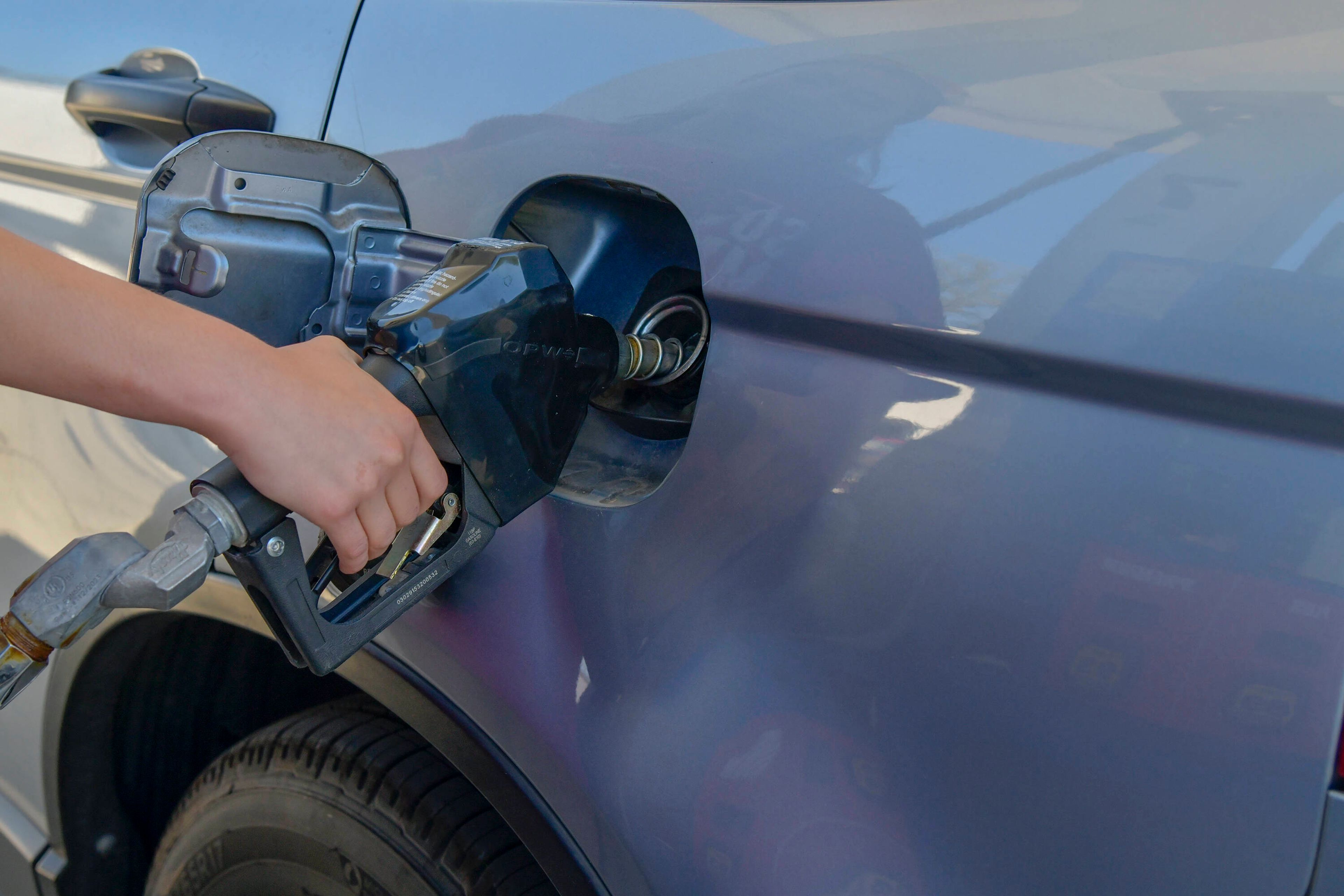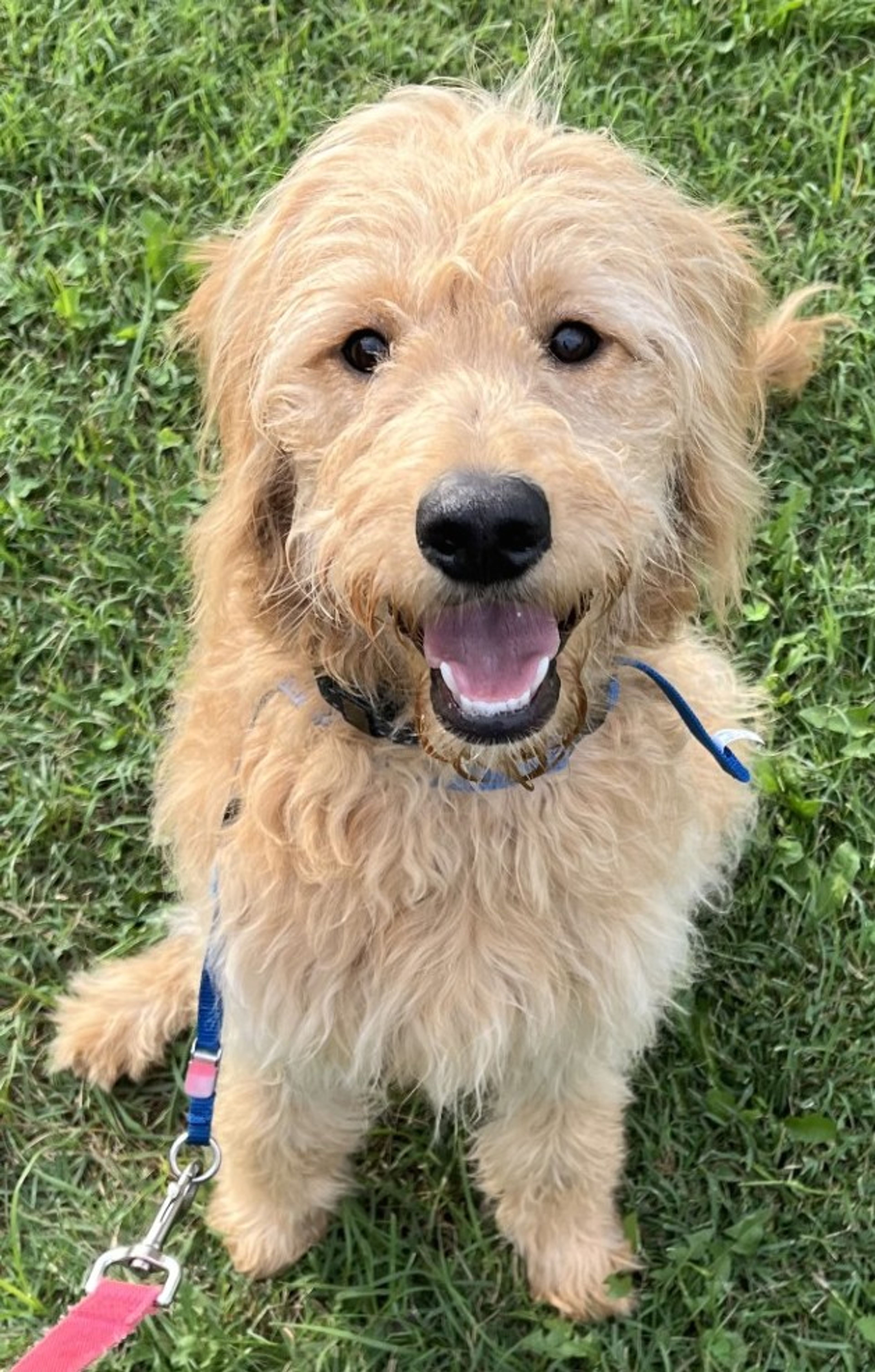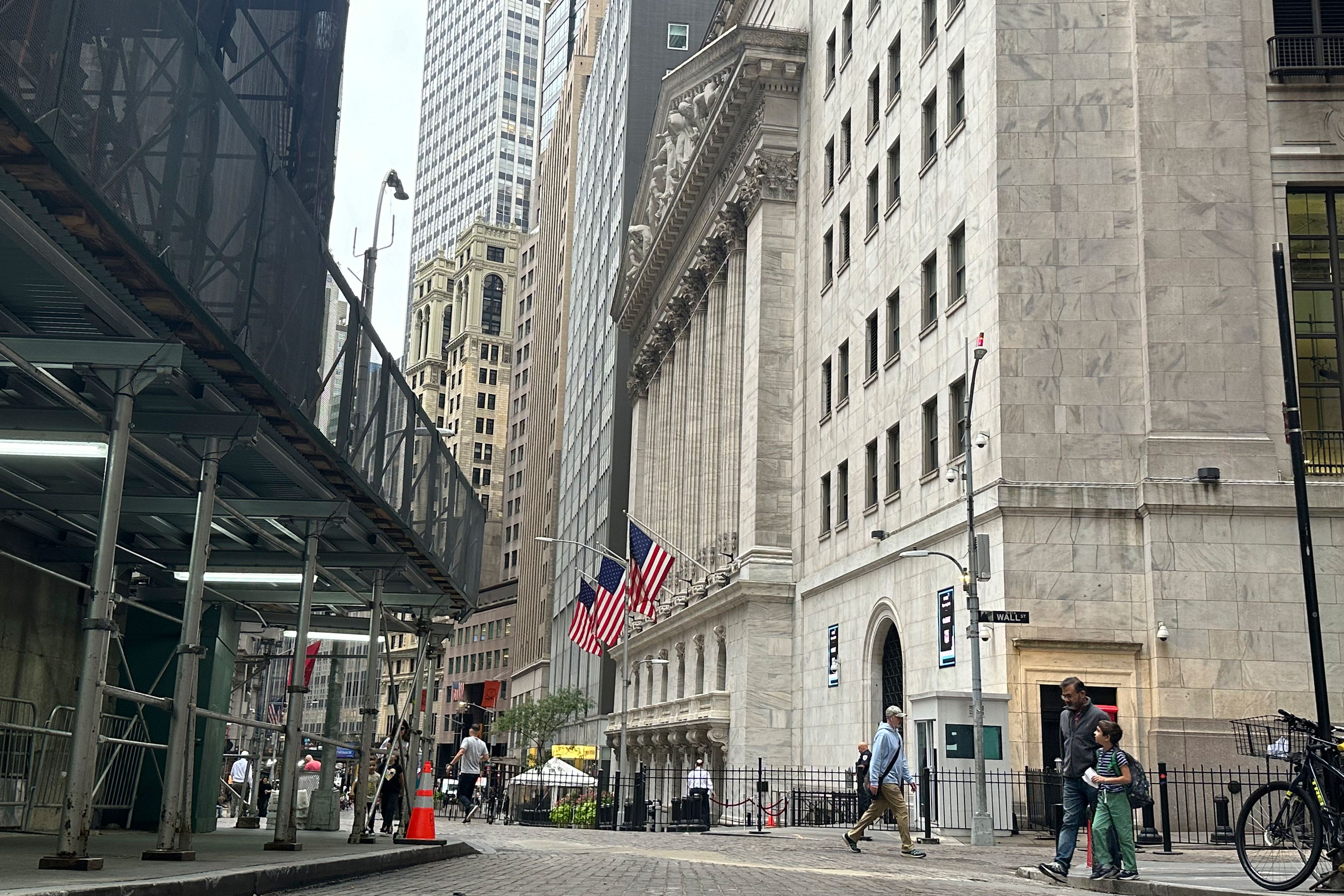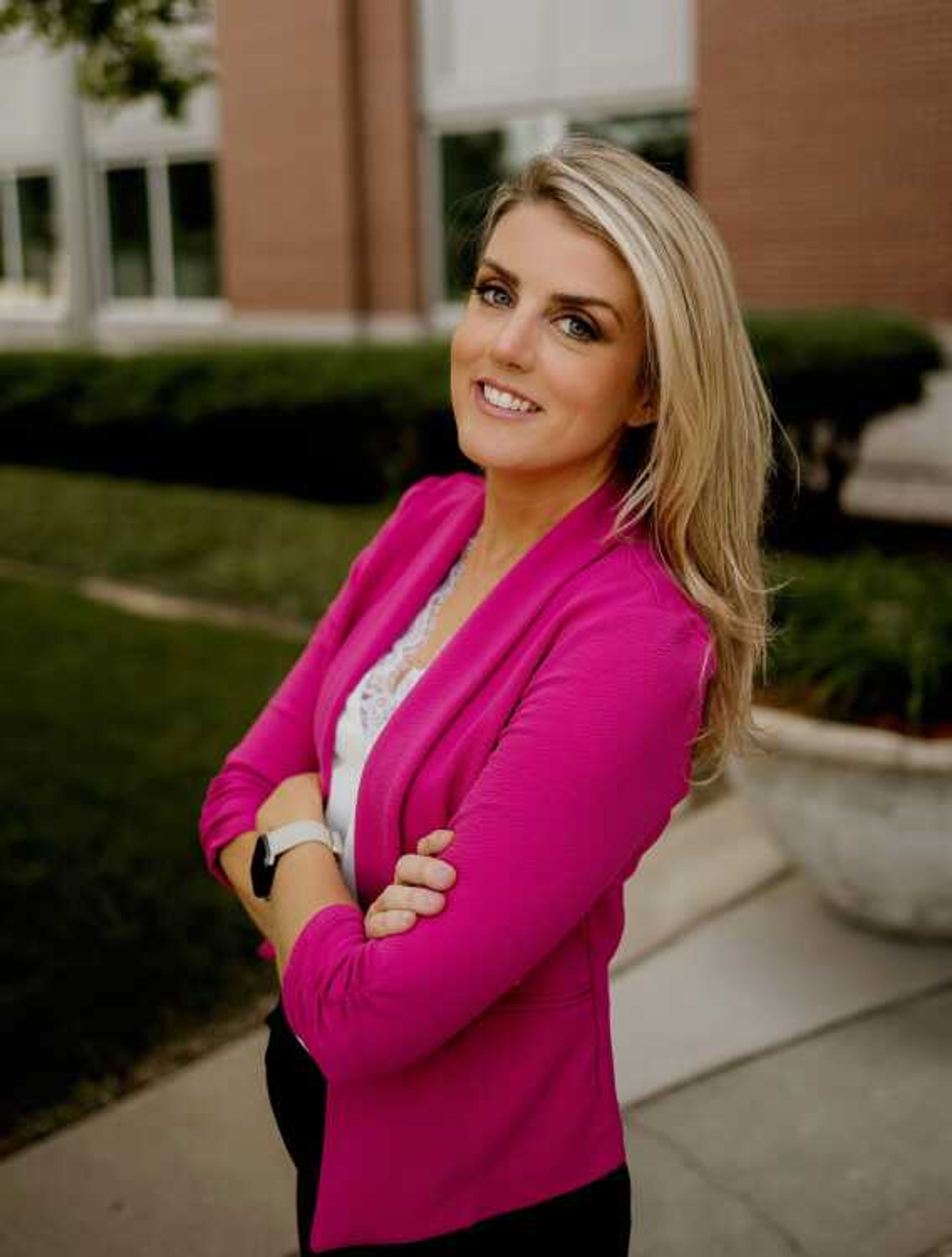LAKE HOPATCONG, N.J. -- Wayne Merrifield has had two different periods in his motorcyle riding career: Phase I as a wild kid in his 20s, and Phase II as a responsible adult.
"When I was young I would raise hell on a sport bike and see how fast I could take the twisties," Merrifield said, his face cracking into a smile. "Now it's a hobby and a nice way to spend time with my wife."
Merrifield, a 47-year-old chemist, missed the thrill of riding motorcycles and decided to get it back after a hiatus of about 20 years. Now he's the leader of the Route 15 Riders, a group of 40ish and 50ish riders who gather every Tuesday at a motorcycle dealership in northern New Jersey for an evening ride with the guys.
Merrifield is typical of what the motorcyle industry calls the re-entry market -- mainly baby boomer age people who are taking up riding once again. The favorite buys for this age group are often fancy cruiser-style and touring motorbikes that can cost $15,000 or more.
Hoping to lure even more boomers back into riding again, motorcycle manufacturers have been revving up riders clubs like Merrifield's across the country. The clubs offer amenities like roadside service, help with planning rides and other ways to ease the transition back into the sport -- including companionship with other like-minded folks.
Membership doubled
Honda, which has been especially active in promoting riders clubs, has seen paid memberships double over the last two years to 60,000, the vast majority of whom ride large touring and cruiser bikes. Cruisers tend to have low seats, long handlebars and a classic 1950s-style look.
Charlie Keller, who runs Honda's riders groups, said the company sees the clubs as a key tool for reaching out to potential buyers of large bikes like Gold Wings and VTX cruisers, the most profitable bikes Honda sells.
"The boomers are definitely coming back," Keller said. "Boomers have had a good experience with us in the past, and they're coming back to recapture that. We're trying to use that to invite them back into a social organization, and tell them that motorcycling is a place where you have friends."
With their kids getting out of college and their own careers settled, many boomers find motorcycles an appealing way to spend their extra cash, said Don J. Brown, an independent motorcycle industry analyst in Irvine, Calif.
Brown said a surge in the market for cruiser-style motorcycles, which doubled from 1998 to 2002, is largely due to boomer-age riders. "Now bikes are much more expensive, and it's largely boomers who are buying them," Brown said.
Figures from the Motorcycle Industry Council show that the average age of all motorcycle owners rose steadily from 27 in 1985 to 38 in 1998, the most recent year for which figures are available.
Over the same time period, the number of riders in the 35-49 age group has doubled from 21.9 percent of all motorcycle owners to 40.6 percent.
Many potential riders in this age group have nearly everything they need to get back into the saddle, except for riding buddies. Bob Kurzweil, owner of Route 15 Honda Yamaha, which hosts the three-year-old Route 15 Riders group, said the club ensures that newly bought motorcycles won't end up collecting dust in a garage.
"It's not as easy to meet other riders when you're older," Kurzweil said. "We try to put people together of their own age in a comfortable environment."
Seeing a pattern
Other motorcycle manufacturers also have riders groups, including the well-established Harley Owners Group of Harley-Davidson, which is celebrating its centennial this year.
Yamaha has also been ramping up its riders clubs in recent years. Alan Cease started Yamaha's riding organization in 1996 out of Tucscon, the Star Touring and Riding Association, and has seen huge growth from about 350 members in its first year to 28,000 now.
Cease said he's seeing the same pattern: The overall majority of his members are boomer age, with the average age around 55, many of whom are getting back into riding after a long time.
"Our whole organization was built on that age group," Cease said. "There seems to be a drive for boomer-age people to get back into motorcyling."
Mel Moore, a marketing executive with Kawasaki, said his company's Good Times Owners Clubs have also been growing sharply over the past several years, mainly attracting people who are older, professional and married. "They're not looking to race," Moore said.
The tone is much the same at the Route 15 Riders, located in a pastoral section of northern New Jersey. Much of the club's activities center are quite wholesome, including benefit rides for charities and police organizations. The club did, however, attend a recent biker night event.
Yet Merrifield, despite his somewhat bookish look, can't seem to shake the rebel image that comes with motorycle ownership at the chemical company where he works as a quality control manager.
"I'm kind of a curiosity at work," Merrifield said on a recent Tuesday as his riding group was revving up for an evening spin. "Most of my friends think I'm insane."
Connect with the Southeast Missourian Newsroom:
For corrections to this story or other insights for the editor, click here. To submit a letter to the editor, click here. To learn about the Southeast Missourian’s AI Policy, click here.
